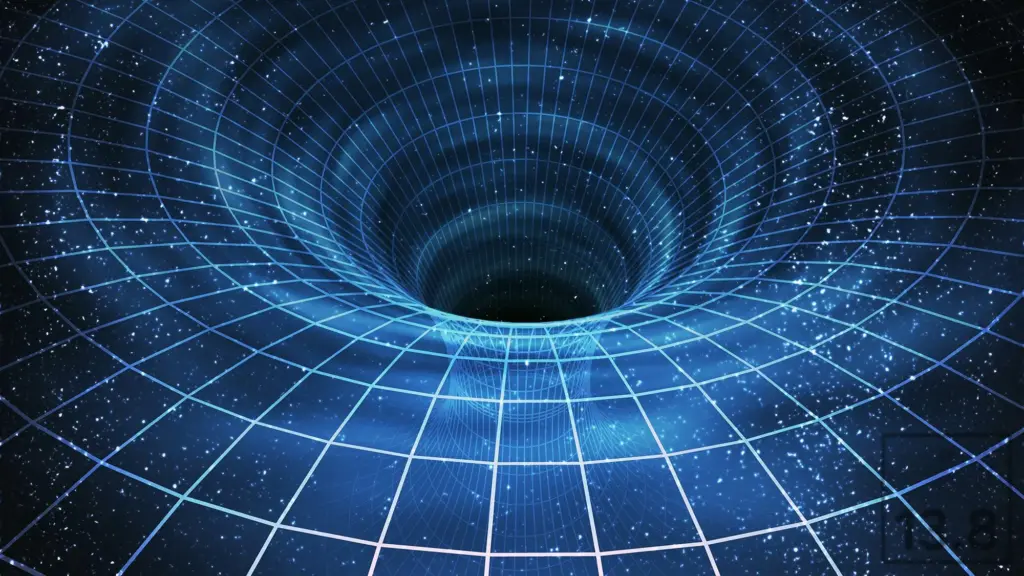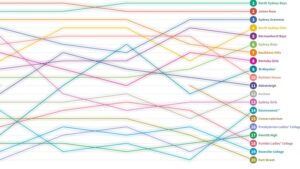
Black holes, known for their mysterious nature, have long intrigued scientists due to their entropy and radiation emissions. These phenomena hint at profound connections between information theory and the geometry of spacetime. For decades, physicists have grappled with the challenge of reconciling quantum mechanics, which governs the microscopic world, with general relativity, the framework for understanding the cosmos at large scales. While each theory excels individually, they clash when combined.
In a groundbreaking development, research published in Physical Review D by Professor Ginestra Bianconi from Queen Mary University of London offers a promising path forward. Her research suggests deriving gravity directly from quantum information theory, potentially unraveling deep mysteries such as dark matter and the enigmatic nature of black holes.
Gravity as Quantum Entropy
Traditionally, gravity is perceived as the curvature of spacetime resulting from massive objects. However, Professor Bianconi’s theory posits that gravity could instead emerge from entropy—a measure of disorder. In this innovative model, spacetime is treated as a quantum system influenced by entropy. Quantum relative entropy, which quantifies the difference between two quantum states, reveals the divergence between spacetime’s natural structure and the geometry shaped by matter.
The introduction of G-fields in this model may provide fresh insights into dark matter, the unseen mass that influences galaxy formation and motion. According to Professor Bianconi, “This work proposes that quantum gravity has an entropic origin. Additionally, the emergent cosmological constant predicted by our model could help resolve the discrepancy between theoretical predictions and experimental observations of the universe’s expansion.”
Previous theories often struggled to define gravity at microscopic scales. However, this entropy-based approach circumvents these issues by employing familiar mathematical tools from quantum information theory. Under low energy conditions, the new equations align closely with Einstein’s equations of general relativity, while also predicting a small, positive cosmological constant that aligns with the observed accelerated expansion of the universe.
Enter the G-Field
Central to this new model is the concept of the G-field, introduced as a Lagrangian multiplier. This mathematical tool ensures that spacetime geometry and matter fields interact correctly, adhering to physical laws. Beyond simplifying equations, the G-field could potentially explain dark matter, the elusive substance affecting galaxy motion. For decades, scientists have searched in vain for dark matter particles, but the G-field offers an exciting alternative explanation.
Professor Bianconi elaborates, “The G-field might be a candidate for dark matter.” This possibility is crucial because dark matter constitutes the majority of the universe’s matter, yet remains invisible to current detectors.
Bridging Quantum Mechanics and Relativity
A significant advantage of this approach is its seamless integration with established physics. Unlike earlier attempts involving discrete models that struggle with spacetime curvature, Bianconi’s theory maintains Lorentz invariance—a fundamental symmetry in physics ensuring consistent laws across all speeds.
The research utilizes existing methods, including the Dirac-Kähler formalism widely used in quantum field theory. This mathematical technique effectively describes bosonic matter fields, building a robust connection between quantum mechanics and gravity. By employing familiar concepts from quantum information, Bianconi’s model bridges the gap between classical physics and quantum theories without necessitating entirely new mathematics.
Insights into Black Holes
One particularly fascinating outcome of this theory pertains to black holes—regions of space where gravity is so intense that even light cannot escape. Traditionally, physicists have understood black holes as areas where spacetime stores information at the event horizon, yet the precise mechanism remains elusive.
Since entropy is central to this new theory, researchers might finally comprehend how information behaves around black holes. This insight could help resolve debates like the firewall paradox, where theorists argue about the fate of information falling into a black hole. The notion that gravity might emerge from fundamental quantum interactions rather than existing independently lends weight to this model, potentially reshaping theories about the universe’s origin and the formation of gravitational waves.
The Road Ahead
The challenge of uniting quantum mechanics and general relativity remains complex, but Professor Bianconi’s work offers fresh hope. Future research will test the model’s predictions against real-world data. If successful, physicists could rewrite our understanding of gravity and the universe itself, paving the way toward answering questions humanity has pondered for centuries.
Bianconi’s theory does not merely propose gravity as another force; it suggests gravity emerges naturally from how matter interacts with spacetime geometry through quantum entropy. This shifts the perspective entirely—gravity would no longer be fundamental but rather a consequence of deeper quantum phenomena.
Ultimately, this groundbreaking research hints at a reality where understanding gravity might depend on our grasp of quantum information theory, opening exciting new paths in physics.







